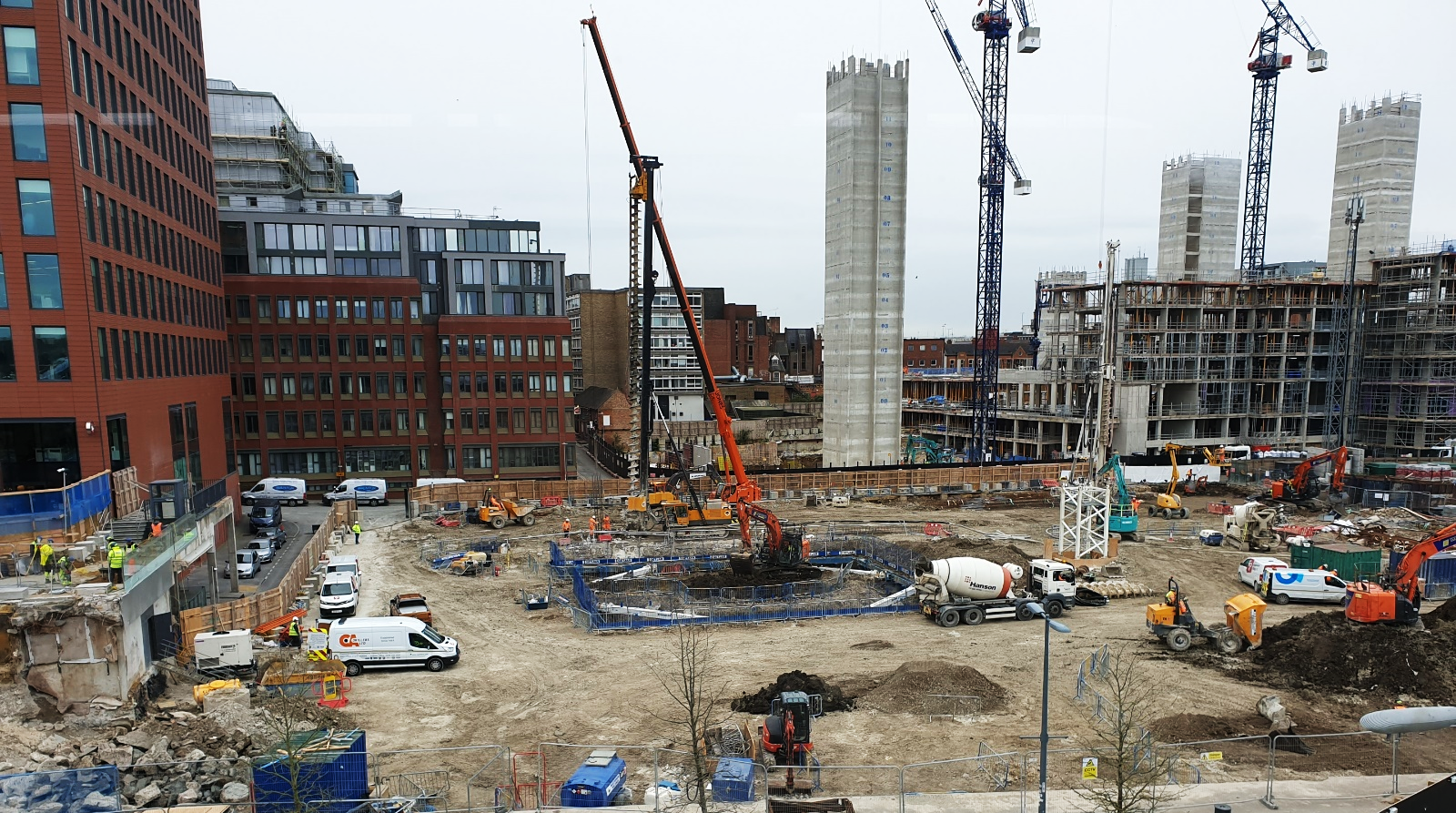Part of the remit of Reading Civic Society is to influence and improve our built environment and its effect on those who live and work in our town, and to influence major developments in our town to promote high quality, sustainable design.
Reading is a vibrant and growing town, and this means that there is significant development always happening. These changes can be on an individual level as people seek to alter their homes and businesses extending to the large civic developments right across the area.

Guidance on the planning process and the rules and regulations controlling how and when things can be done is available on Reading Borough Council’s Planning Applications. From here you can see planning applications that have been made, how to make your application, charges and much more.
We wish to encourage people to be aware of and, if appropriate, comment on applications that may affect them. Please remember that it is as important to make positive comments if you support an application as it is to raise any concerns.
Advice and guidance are also available through the Planning Portal.
If in doubt about whether your project requires Planning Permission you should make a Pre-Application on the Council’s website as this enables you to seek a planning view without having to raise a full planning application. Should it subsequently prove necessary to seek full planning permission the feedback from a Planning Officer will enable you to be clear about the requirements and to ensure any questions are fully covered in the Planning Application. This can thus save time.
The Reading Planning Handbook is available online. This is a commercially produced product with generic Planning information and Reading “branding”. It is in a very accessible format which you may find useful but you should always verify what you read with the information from Reading Borough Council.
In addition to the standard planning controls Reading has a number of buildings and areas with specific requirements over and above the basic. We have provided further guidance on Nationally and locally Listed Buildings, Conservation Areas and those impacted by ‘Article 4 Directions.’
The Local Plan
Reading Borough Council adopted a Local Plan in November 2019. This document sets out the Council’s planning policies and proposals for development in Reading up to 2036, and is the main consideration in deciding planning applications. It identifies the amount of development that will take place, the areas and sites where development is expected to be accommodated, and where it will be restricted, and sets out policies for how planning applications will be decided. It replaces the previous development plans – the Core Strategy, Reading Central Area Action Plan and Sites and Detailed Policies Document – which no longer apply. The Council is currently consulting on a partial update to the plan (Jan 2025).
The role of the Reading Civic Society
The Society regularly reviews new planning applications and sends comments to Reading Borough Council’s Planning Department on any controversial issues. We have spoken at Planning Committee meetings and contacted Heritage England, the Planning Inspectorate and the relevant Government departments. We have made comments on Structure and Local Plans and participated in public inquiries.
We have supported local residents in preparing comments on proposals that affect their neighbourhood, especially where they impacted Conservation Areas and Listed Buildings.
We have contacted the Planning Enforcement Officer when we have spotted changes being made to Listed Buildings and buildings in Conservation Areas that appear to be inappropriate and being undertaken without appropriate consents.
Where changes are proposed to buildings or locations of historic interest, the Society takes a pragmatic stance: we do not expect these places to be preserved unchanged, but are keen to ensure that they have a practical use that generates funds for their maintenance, while preserving the features that make them special.
